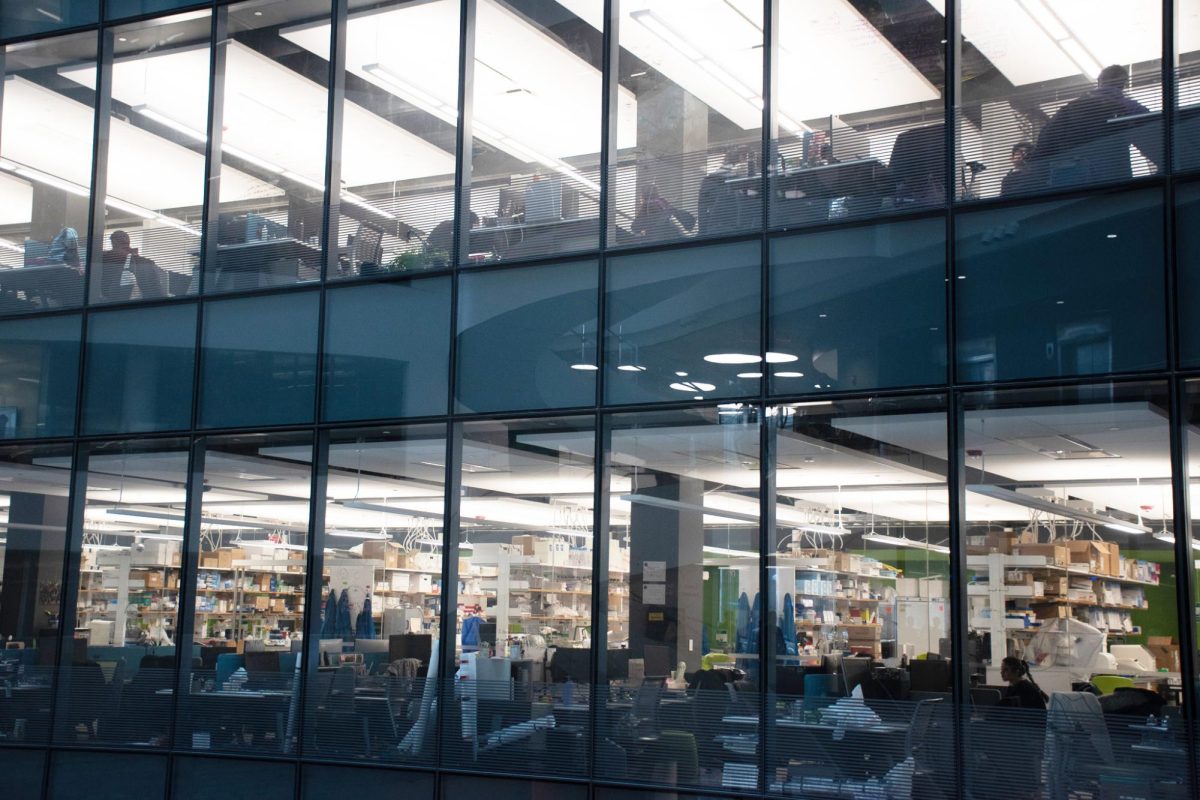Scientists estimate that 75% to 80% of the world’s population regularly consumes some form of caffeine, and nearly 3 in 4 Americans drink coffee every day.
Despite the staggering prevalence of caffeine consumption, caffeine is not actually mentioned on the Drug Enforcement Administration’s controlled substances list, which includes all substances that should be controlled because they have potential for abuse and addiction. The bottom line: despite common assumption, caffeine isn’t considered addictive.
Don’t get me wrong — One can certainly develop a dependence on caffeine. Withdrawal symptoms, like headaches and fatigue, can occur. One can also build a tolerance to caffeine; for example, needing to drink more to get the same kick of energy.
Because of effects like withdrawal and tolerance, you might think you are a young college student who has a coffee addiction. But an actual addictive substance is not the same as your “need” for caffeine to stifle your yawns and perform well on your 9 a.m. accounting final.
Society’s perception that caffeine is addictive stems from a lack of knowledge about what an addictive substance is. A substance should be considered addictive only if a person prioritizes that substance above everything else in their life. For instance, one might be considered an addict if they were to prioritize the act of abusing heroin over spending time with friends and family, showing up to work, exercising, etc.
An addictive substance requires substantial use despite negative consequences, and what is the worst that might happen if you drink a large amount of caffeine? Sure, the United States Food and Drug Administration, or FDA, suggests a maximum of 400 milligrams of caffeine a day for the average person (roughly the amount of caffeine in four to five 8-ounce cups of coffee) to safely mitigate vastly different reactions. But this isn’t even an amount the FDA “generally associates with dangerous, negative effects.” In other words, death won’t occur immediately following an additional Tatte order.
For example, a healthy teenager from South Carolina died after downing a McDonald’s latte, a large Mountain Dew soda and a highly-caffeinated energy drink. The mixture of beverages led to a “caffeine-induced cardiac event causing a probable arrhythmia,” – not technically a caffeine overdose, the Richland County coroner ruled.
Jennifer Temple, an associate professor of exercise and nutrition sciences at the University at Buffalo School of Public Health and Health Professions, reflected on this unfortunate incident in the same source. Her statement matches the coroner’s, that the lethal dose of caffeine for most people is about 10,000 milligrams (easily more than 100 8-ounce cups of coffee in a day), although this varies from person to person.
Caffeine dosage also doesn’t walk that fine line to lethal consequences like addictive substances tend to do. A survey of more than 1,300 Americans conducted in January 2024 found that 36% of people drink three to five cups of coffee a day, while 4% of people drink at least six cups of coffee a day. Both these amounts push against the FDA’s maximum suggestion. But since the drug’s margin of safety is wide, the amount they are drinking is still not even close to the aforementioned lethal 10,000 milligrams.
If we get a little more technical, dopamine, a chemical messenger in the brain, is released in the ventral striatum when participating in certain pleasurable activities. This release of dopamine activates the reward pathway, and neurobiologically, is thought by many scientists to be the exact chemical to tell if a substance is addictive. Cocaine and alcohol, for instance, are among substances that generate this dopaminergic, rewarding effect on a human’s brain. Yet, this does not occur when someone consumes caffeine.
Another accurate measure of an addictive substance is self-administration in animal models. This frequently-used experiment, carried out by countless scientists for various substances, follows the simple logic: If a rat is in a cage, will they repeatedly press a lever that administers them a certain substance? Will they become obsessed with this action? It has been concluded that with caffeine, the rat usually won’t, but when it does, it is not nearly at the same frequency as with cocaine and alcohol.
So, the big question: How did our society become “addicted” to a non-addictive substance? Or, more accurately, how did we become so dependent on caffeine, despite the lack of neurobiological evidence?
The answer is that caffeine has become ingrained in our everyday lives. The average young adult goes on “coffee dates” to catch up with friends, as if there isn’t any other setting they can do this in. We feed into the “America Runs on Dunkin’’’ slogan, falling right into the assumption that a society can’t function without their dirty water before a 9-to-5 work shift.
We debate if the Curry Student Center Starbucks or Shillman Hall Dunkin’ is better, trying caffeinated drinks from both in the process. There’s also the Ruggles station Dunkin’. Oh, and the Dunkin’ in Richards/Hayden Hall, too. But aren’t they all pretty similar at the end of the day? Does Northeastern really require them all for each student to function every day? Coffee connoisseurs please do not come for me.
Influencers also use caffeine as a selling point. Youtuber Emma Chamberlain started her own coffee brand, while Sabrina Carpenter’s song “Espresso,” comparing herself to a caffeinated drink keeping a man awake at night thinking about her, became a hit. Carpenter even worked as a barista for one day at a Blank Street Coffee shop in London as part of a marketing campaign.
So the next time you are late to a seemingly unimportant NUpath class because you “needed your coffee,” think about how caffeine is not technically addictive (however much you still might want it). Only through recognizing this simple fact can you start to let go of your dependence on and tolerance to caffeine.
But if I’m being honest, I frequently enjoy an almond milk iced chai latte from the small corner coffee shop to fake my productivity, fueling an “addiction.”
Anna Palfy is a second-year journalism major. She can be reached at palfy.a@northeastern.edu.
















